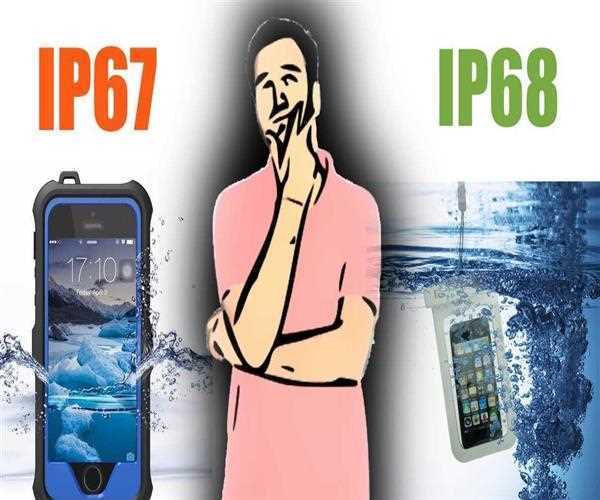Since we are paying good money for our gadgets, we certainly need to know how well they are protected. You see a commercial where they put a smart phone into a glass of water, you see waterproof and water-resistant at every package, but is that enough?
One of the things we have started paying attention to in the last few years when buying new devices is the level of protection against solids and liquids. Of course there are differences in the level of protection and each protection factor is labeled differently.
So, in order to plan where and how to use your device you need to understand the so called IP (Ingress Protection) Marking. This brief guide is designed to introduce you to Ingress Protection, how to measure this protection and what does it actually mean regarding your device. If you are still interested, please keep reading.
What is Ingress Protection?
When we talk about Ingress Protection, also known as International Protection we can say the following. It represents a system designed to classify different levels (degrees) of protection. The type of protection in this case is the protection the wrappings and enclosures provide to the electrical equipment.
In simple words it is the type of protection which prevents liquids or solids enter your electrical device. Both solids and liquids can severely damage your device so it's good to know the limits of your device.
Ingress Protection - What do the digits mean?
We have already mentioned that IP stands for Ingress Protection. However, what we really need is to know what do the numbers after IP mean.

To keep this simple - the first digit represents the protection factor against solids (every solid object from fingers and screwdrivers to dust particles). The second number represents the protection factor against liquids.
A little more about the first digit
The first digit spreads across seven levels - from 0 to 6. Each level represents a specific degree of protection. Take a closer look at the table below.

Generally all electronic devices already have a level 4 of protection against solids. The case or enclosure is enough to prevent your hands, fingers and small tools to get inside.
Fortunately, today most electronic devices come with a complete protection against dust (rating 6). However, there are still devices which don't have this degree of protection, so pay attention.
What may confuse you is that some manufacturers mark their devices with IPX6 or IPX7. The X here actually means that these manufacturers didn't test their products against solids. So they add X instead of a digit. However, there is still rating for protection against liquids. If you still have any uncertainties about IP ratings feel free to check this guide.
And a little more about the second digit
Protection against liquids is very important. We have ten levels of liquid protection according to the IEC 60529 standard. Take a closer look at the protection levels and what does each digit mean.

When we talk about consumer electronics, you will find that most frequently used protection levels are 7 and 8. Since they are both connected to immersion in water it is no surprise.
For example the Level of protection 7 tells us about the depth and length of immersion. On the other hand the Level 8 has to be precisely defined by the manufacturer.
Not all electronic devices come with IP67, IP68, IPX7 or IPX8 protection levels. Such ratings are normally stated for cell phones, cameras, portable Bluetooth speakers and so on.
Ingress Protection in short
It's a good thing to have a device which is labeled with an appropriate IP rating. If the device just claims to be waterproof or water-resistant and there isn't a visible IP rating proceed with the purchase with care. Either check the manual to see whether it says something about IP rating, or the manufacturer knows it would be rated poorly, so he didn't take any tests.
As you can see, knowing what the ratings mean is very important. Then you will know when it's safe to use your device - is it OK to take it to the beach or swimming pool with you, or it would be better to leave it at home.




Leave Comment